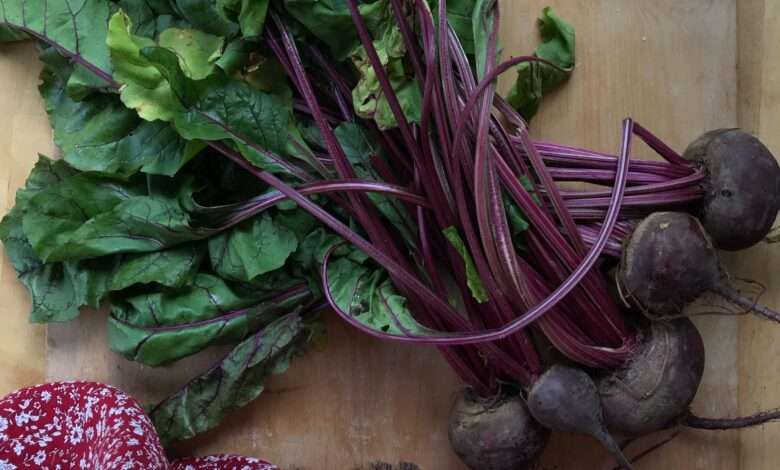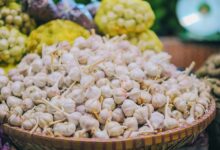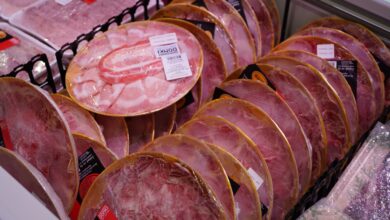
History and anecdotes
The term “betave” appeared in the French language in the 17th century. This word derives from “chard”, a plant from which beet comes directly, and from “roe”, which designates any vegetable plant that is grown for its root. In Switzerland and Savoie, beetroot is also called “red carrot”. All of our modern beets, including the sugar beet, descend from a common ancestor (Beta vulgaris var. maritima), originally cultivated for its leaves. This is also the case with Swiss chard (Beta vulgaris var. cicla), which belongs to the same species. The plant comes from the coasts of the Mediterranean, where it still grows wild and from where it would have spread eastward in very ancient times.
Sugar beet
While Swiss chard was eaten by our prehistoric ancestors, beets only appeared on the table at the turn of our era. At least, as food, because the Ancients used the root for medicinal purposes. It was not until the middle of the 19th century that its use became popular and market gardeners found seeds of improved varieties on the market. We then selected varieties with red, white and yellow roots, the latter having long been prized in Europe for its sweet flavor and because it is particularly suitable for pickling. As for the leaves, they have long been prepared in the manner of spinach. There are also varieties with very large roots (fodder beets) which have always been used as food for livestock. It’s’
The beet crossed the Atlantic from the earliest days of colonization, perhaps during Jacques Cartier’s third voyage. It is said that during this journey, he brought “all kinds of grain and seeds”. In August 1749, botanist Pier Kalm listed in his diary the vegetables he had seen in a vegetable garden in Quebec City, including red beets “in fairly large quantities”. However, there were few varieties available at the time, as evidenced by a catalog dating from 1818 which only offers one. On the other hand, in 1878, 10 were offered and in 1932, a dozen varieties. Today, although a handful of hybrids dominate the market, old varieties such as crapaudine, egyptian, yellow,
Organic gardening
Beet seed is actually a very hard fruit containing a few seeds. If you have trouble getting them to germinate, you can crush the fruits with a rolling pin to break their envelope.
The beet does not fear the cold and can therefore be sown very early in the spring, as soon as the ground can be worked. Sow in loose, deep soil rich in organic matter. In southern Quebec, depending on the year, it is sometimes possible to sow from mid-April, provided the seedlings are protected with an agrotextile. The latter helps to keep some heat in their immediate environment and to limit damping-off problems.
Most gardeners are unaware that you can also start a few plants in a greenhouse or indoors by giving them light and humidity. Just transplant them to the garden when the weather allows it. At the time of transplantation, however, care must be taken to place the root vertically to prevent it from deforming.
For growing in a border, space the plants 10 cm to 15 cm in all directions. Row cropping requires the same row spacing and rows should be 30cm to 45cm apart.
By sowing successively every 2 or 3 weeks, you will have very tender young beets and fresh leaves throughout the season. The last sowing must be done no later than the end of July.
Irrigate regularly to obtain very tender roots that are not very prone to disease. Beets require little nitrogen for growth and relatively little phosphate. On the other hand, we must ensure that the soil is well supplied with potassium. In addition, it is particularly sensitive to boron deficiency. It will therefore be necessary to provide it if necessary.
The leaf miner can cause damage during hot summer weeks. Protect with an agrotextile or a tightly woven curtain.
The plant will be able to tolerate a few frosts in the fall, but it will have to be harvested before very cold weather. The season can be extended a little by mulching the plants in October.
Ecology and environment
Wild beet (B. maritima) populations have a very high genetic variability in terms of resistance to insects, diseases and drought (about 10 times more than cultivated varieties). An international team of researchers has therefore been set up to preserve this diversity in order to transmit, through crossing and selection, these characteristics to cultivated beet29. It is thus desired to limit the use of pesticides and chemical fungicides, and to promote the cultivation of beets in land with little or no irrigation. Other Beta species are also being studied for similar characteristics.













